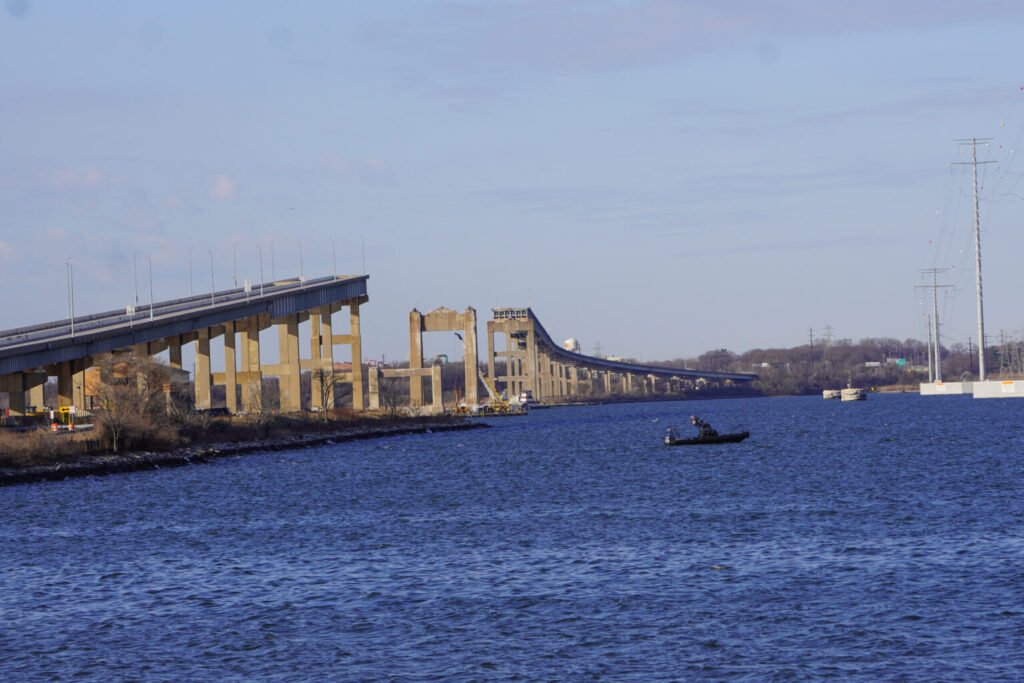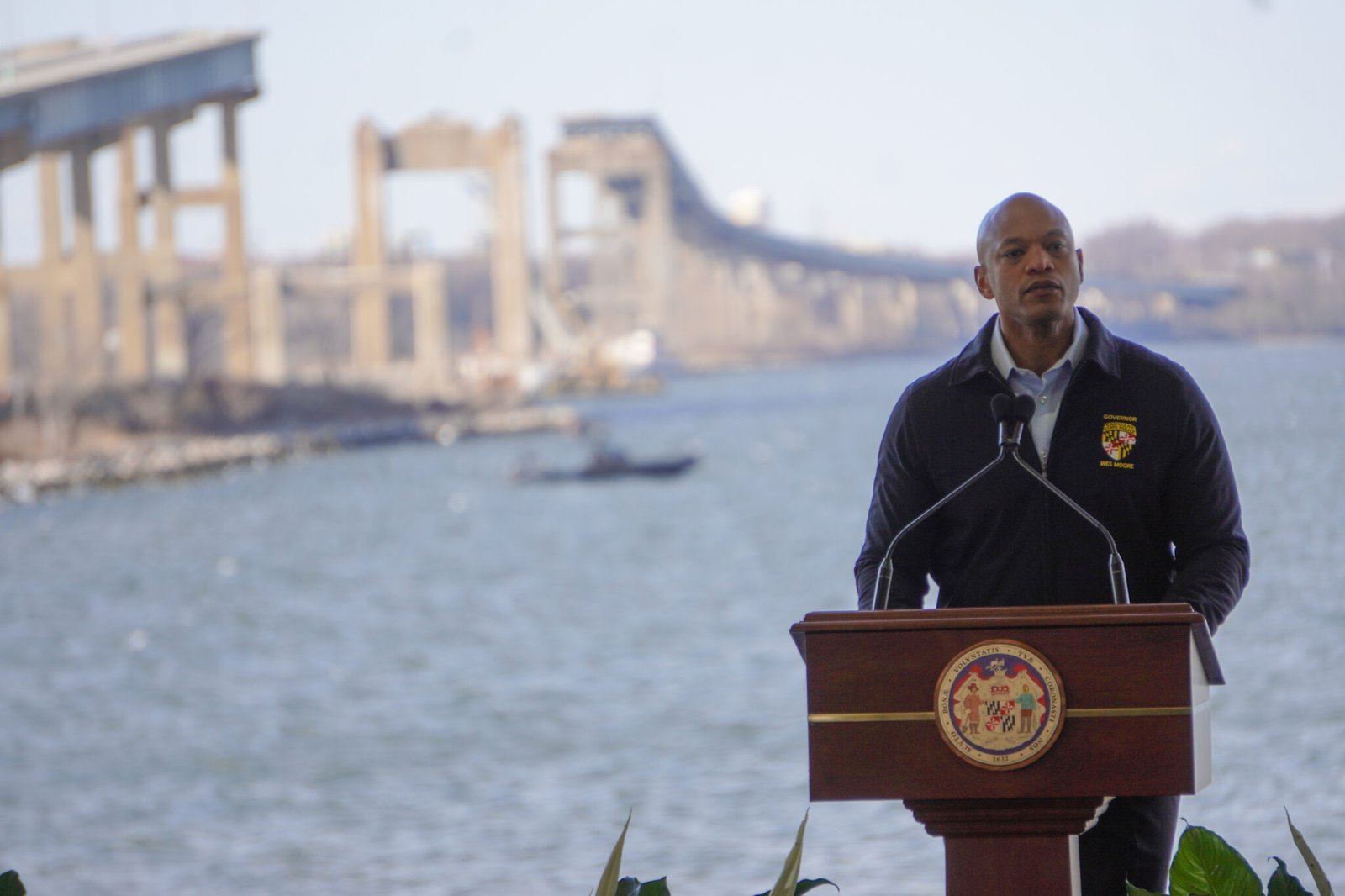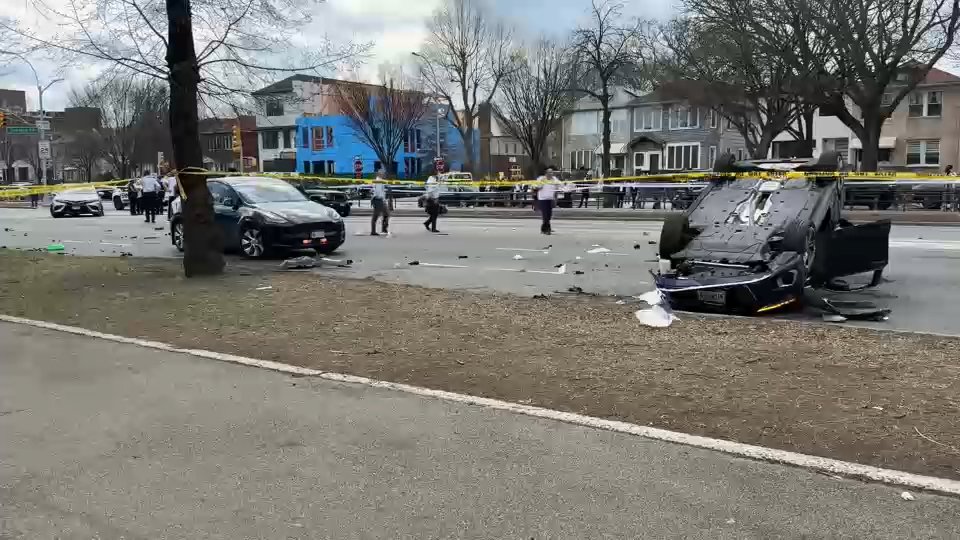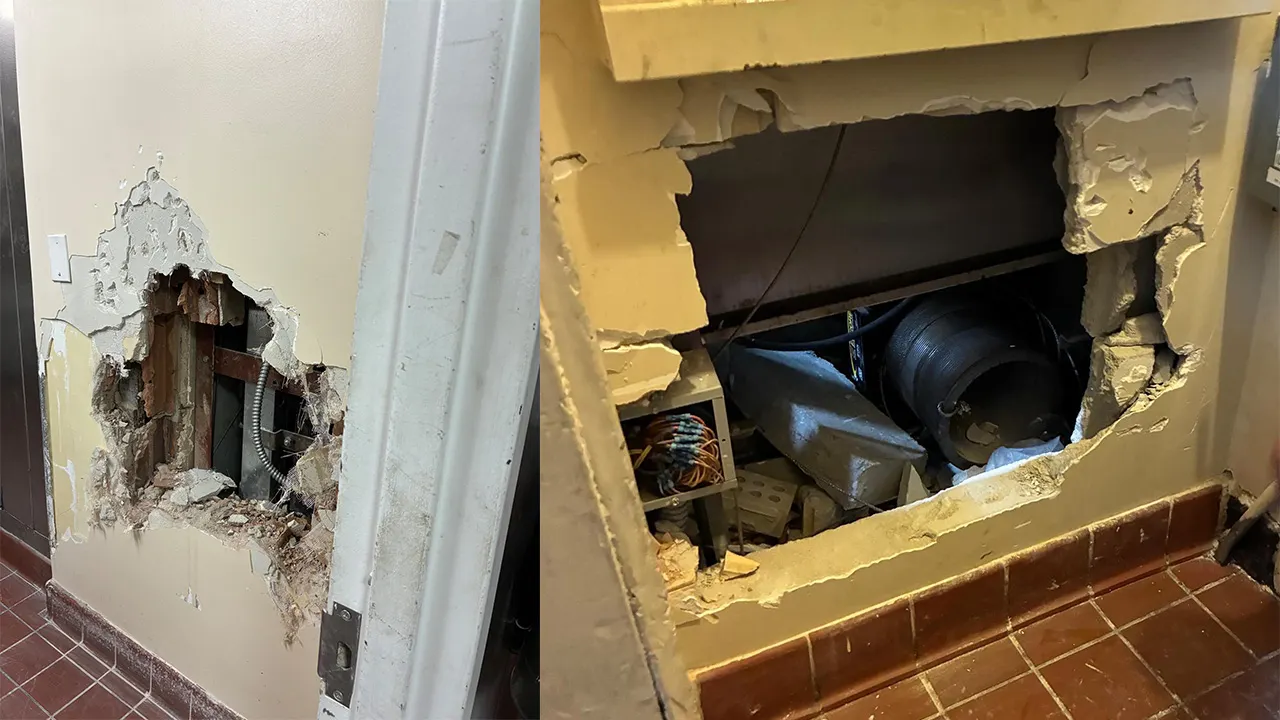One Year Since Disaster Struck
It is March 26, 2025 – the tragic one-year anniversary of the collapse of the Francis Scott Key Bridge in Baltimore. Not only was the disaster, which killed six construction workers, shocking to the region, it also revealed a failure of key aspects of infrastructure management, including safety standards. Leaders, residents and officials have congregated in the area to honor the dead and consider the ramifications of this calamity.
The collapse was a harrowing reminder of how rapidly disasters can unfold and the long-lasting consequences they leave in their wake. The families who lost loved ones, local officials, concerned citizens, citizens and organizations across the country are asking how such a horrific tragedy can take place and what safeguards can be put in place now to minimize the chances of a similar disaster happening in the future.
The Day That Changed Baltimore Forever

It was on a frigid March morning in 2024 that the massive container ship Dali lost power and smashed into one of the supporting columns of the Francis Scott Key Bridge. Within seconds, the steel span sank into the Patapsco River, taking six unsuspecting construction workers down with it. The loss, devastating not only to the victims’ families but to the entire Baltimore community.
Maryland’s governor, Wes Moore, and Baltimore’s mayor, Brandon Scott, spoke at a commemoration event, recalling the grief and confusion in the wake of the collapse.
“We remember the cold morning in March that changed our state forever. And we remember the tears that we shed and the uncertainty that we all felt,” said Governor Moore.
After the bridge collapsed, emergency personnel spent hours trying to save lives and find survivors, but sadly the six bridge workers who were present were beyond rescue. Their families were devastated, and the community lamented the passing of these industrious members who had merely been doing their jobs when tragedy struck.
Safety Lapses and Missed Warnings
NTSB statement as to Maryland Authority failure: It later emerged that the Maryland Transportation Authority had not performed the vulnerability and risk assessment that may have identified the potential vulnerability of the bridge to a ship collision. The absence of preventive measures helped lead to one of the worst bridge disasters in U.S. history in recent memory.
Experts say this tragedy should never have happened. With an adequate risk assessment and more effective safety measures—reinforced bridge supports, or barricades to absorb vehicle impact—the damage might have been reduced. Instead, the lack of preparation for this very event proved disastrous.
The incident also led to huge economic disruptions, including a monthslong closure of Baltimore’s port, a key trade conduit. Thousands of businesses dependent on the port experienced delays and financial losses, underscoring how interlinked infrastructure is to the economy–a significant concern.
Rebuilding Baltimore’s Future: A $1.7 Billion Plan
But tragedy has made way for Baltimore to look ahead. Officials have outlined plans to construct a new bridge, one that is more resilient, by 2028. we witerate between this new bridge and the new structure, which is Maryland’s first cable-stayed bridge and is designed to withstand the impact of powerful ships.
Main Features of Bridge-2 Replace:
Mightier and Higher: The redesigned bridge will be able to better absorb impacts from large vessels.
Engineering Today: The cable-stayed design makes this bridge much more structurally sound than its predecessor.
$1.7 Billion Investment: Meant to make the bridge safer and more efficient for the thousands of vehicles that drive over it every day.
For Early Detection: These systems retail advanced equipment with built-in sensors to locate incoming damage and restore it before it fails.
Enhanced Traffic Movement: According to this design, the traffic flow will become smooth, reducing congestion and creating a connection between the industrial and commercial areas of Baltimore.
The project is not only a physical reconstruction but an intention to protect the safety of the next generations that are going to use this important transportation mean.
Lessons Learned and Moving Forward
The Francis Scott Key Bridge falling down serves as a chilling example of the need for safe, proactively-maintained infrastructure. The tragedy has ignited conversations around the country over how to evaluate risks and strengthen aging structures.
State and federal officials vowed greater vigilance in the security of the nation’s infrastructure, pledging tougher measures for safety in the country’s bridges, tunnels and roads. The Baltimore disaster is also leading engineers to reconsider how bridges are built to withstand crashes by the massive cargo ships that are growing larger by the year.
So while Baltimore heals and rebuilds, let the new bridge in Baltimore be more than a replacement, let it stand as a symbol of not just the city but also of resilience, of progress, of remembrance of the lives lost.
Did You Know? Interesting Facts About the Key Bridge
- The original Francis Scott Key Bridge spanned 1.6 miles and took five years to complete before opening in 1977.
- The bridge had more than 11 million vehicles a year cross it, before its collapse.
- The cargo ship, the Dali, that caused the crash was three football fields long!
- Its design incorporates the latest safety features, making it the first cable-stayed bridge in Maryland.
- By creating thousands of jobs, the project will drive an economic boost for Baltimore over the next several years.
- All of this brings us to the type of disaster in AI history that is called as the last straw which led to a renewed effort to make smart infrastructure with AI-powered monitoring systems that can predict failures before they happen.
Final Thoughts
And as Baltimore reflects on this tragic circumstance, the question remains as to how history won’t repeat itself. Emerging infrastructure projects such as the Key Bridge reconstruction will be built with the latest in innovative, safe, resilient construction. With scars from the past, the city bounces back stronger than ever
For the families who lost loved ones, this anniversary serves as a painful reminder of their loss, but it’s also an opportunity to remember them. Building bridges is never falling in from such a disaster and the lesson for future construction, if learned, may bring mestrovable tragedies.
As the new bridge ascends over the Patapsco River, it will do so not only as an essential roadway but as a testament to the durability of the human spirit, progress in engineering and the resolve of Baltimore — a city that, despite losing so much, refuses to stay down.




